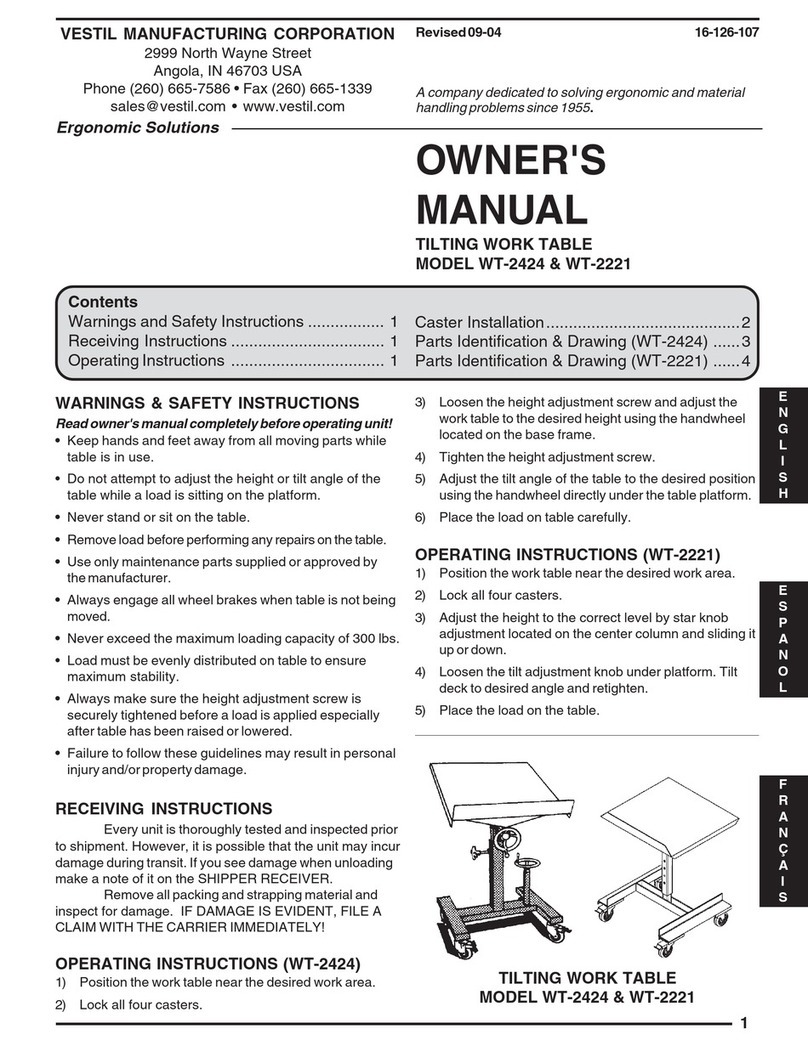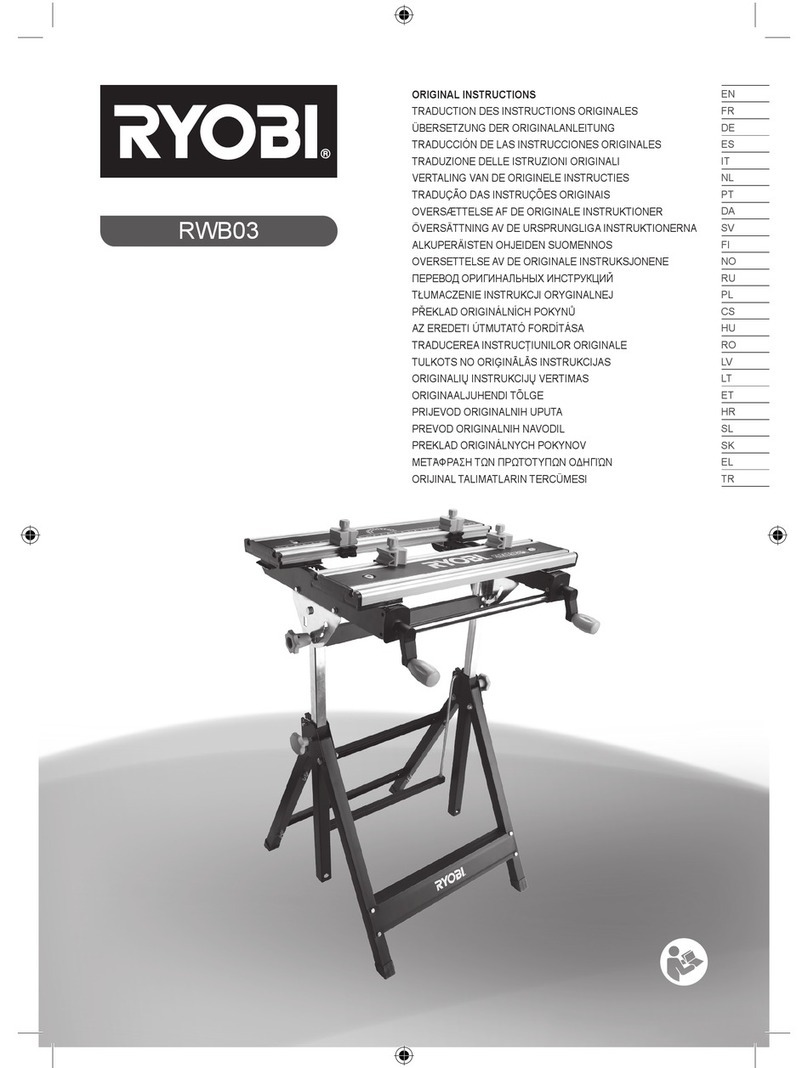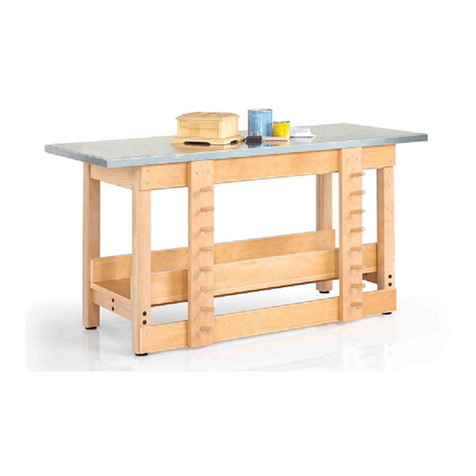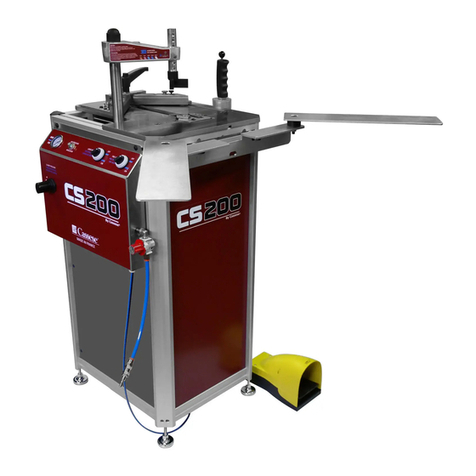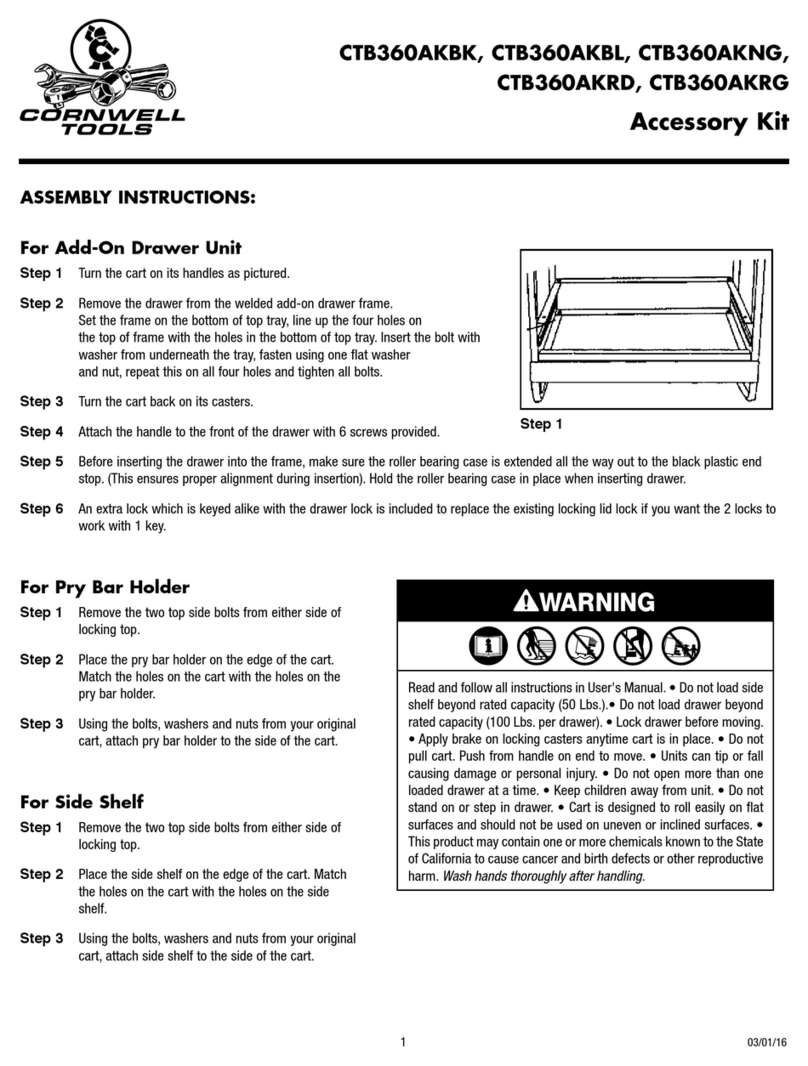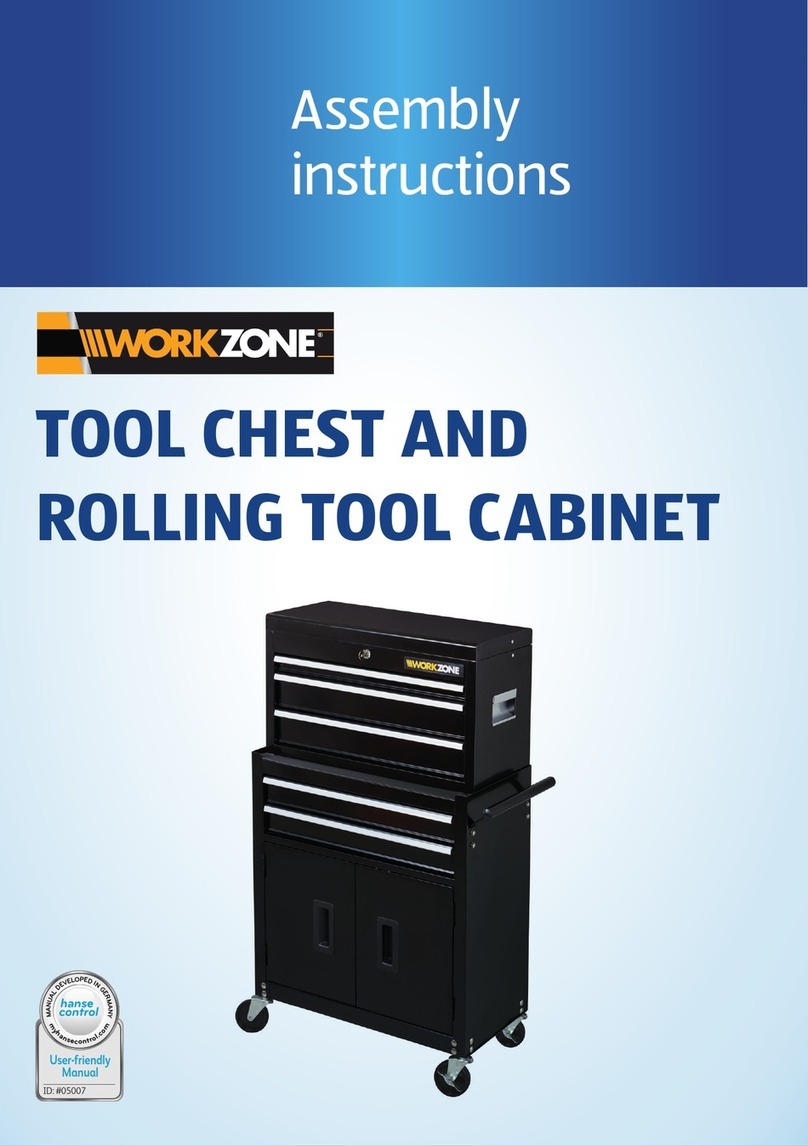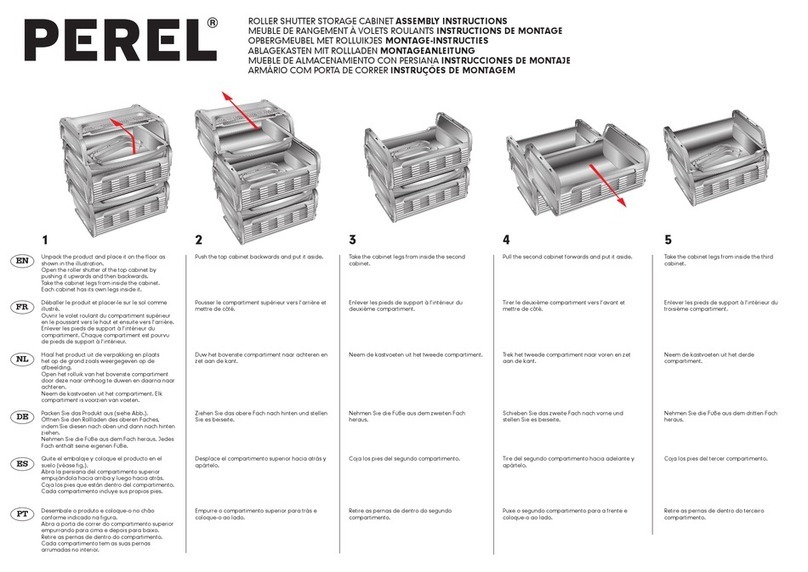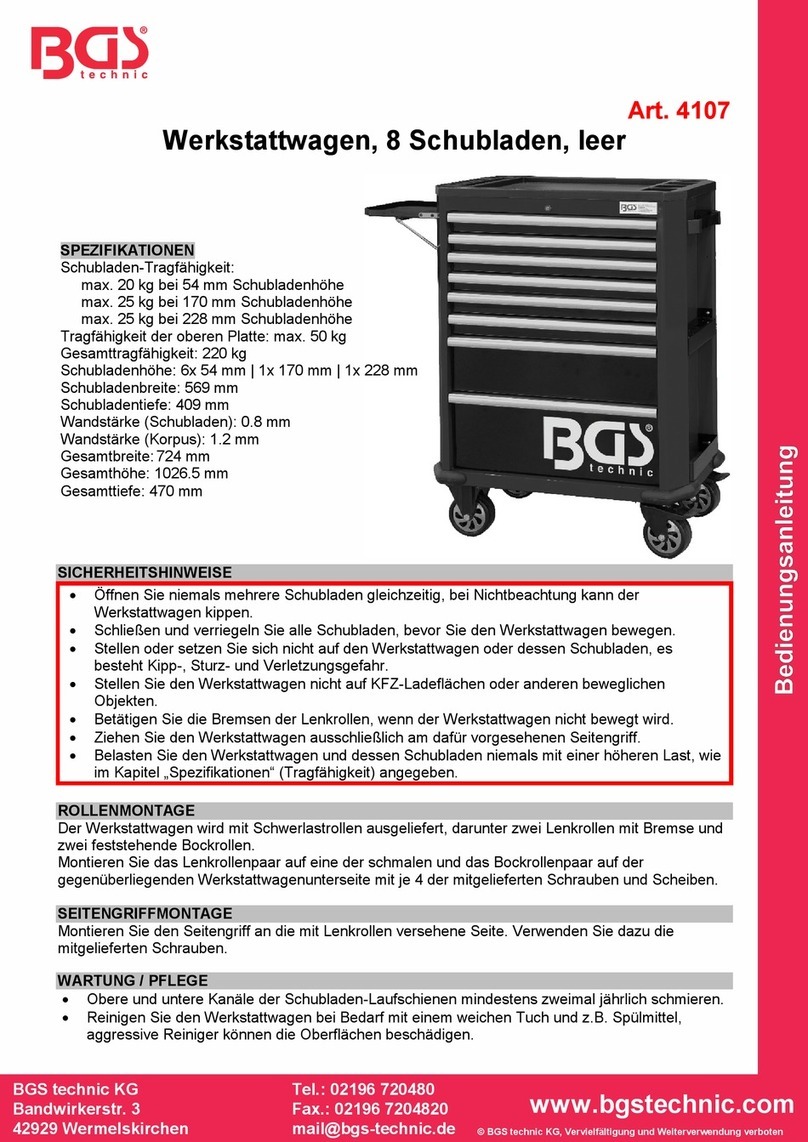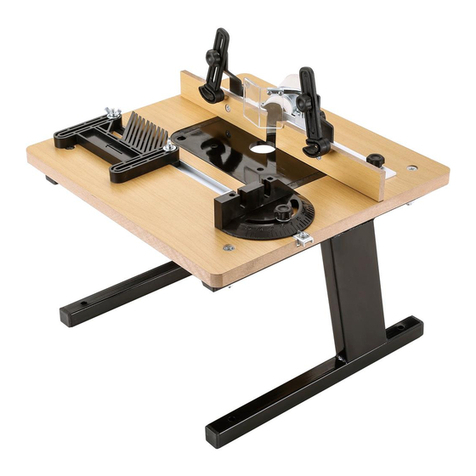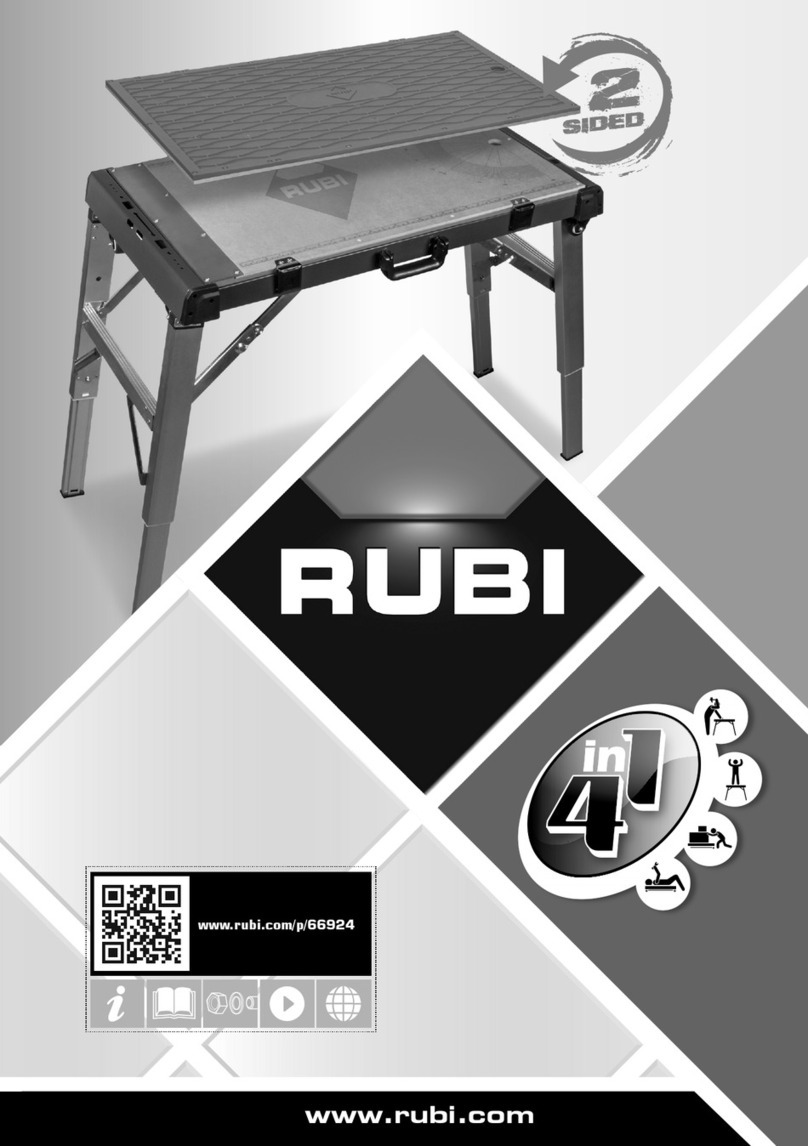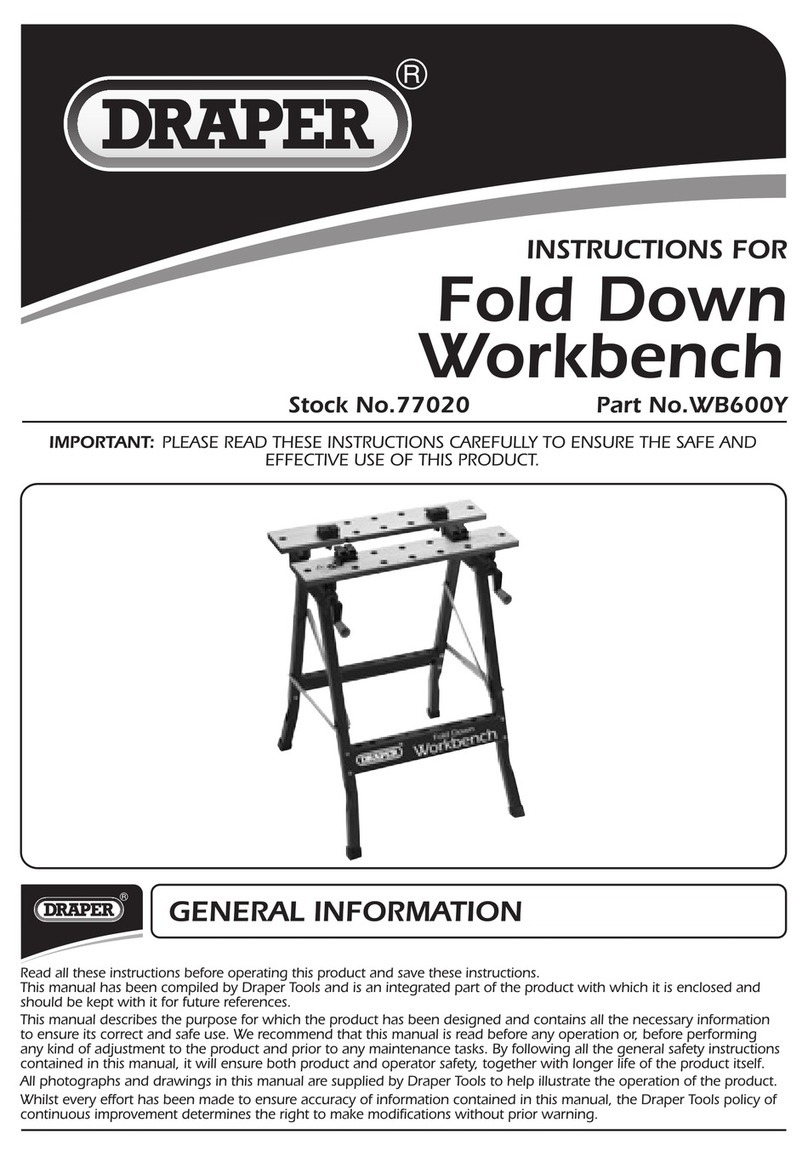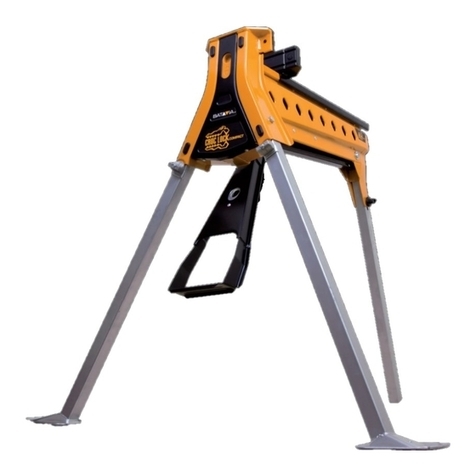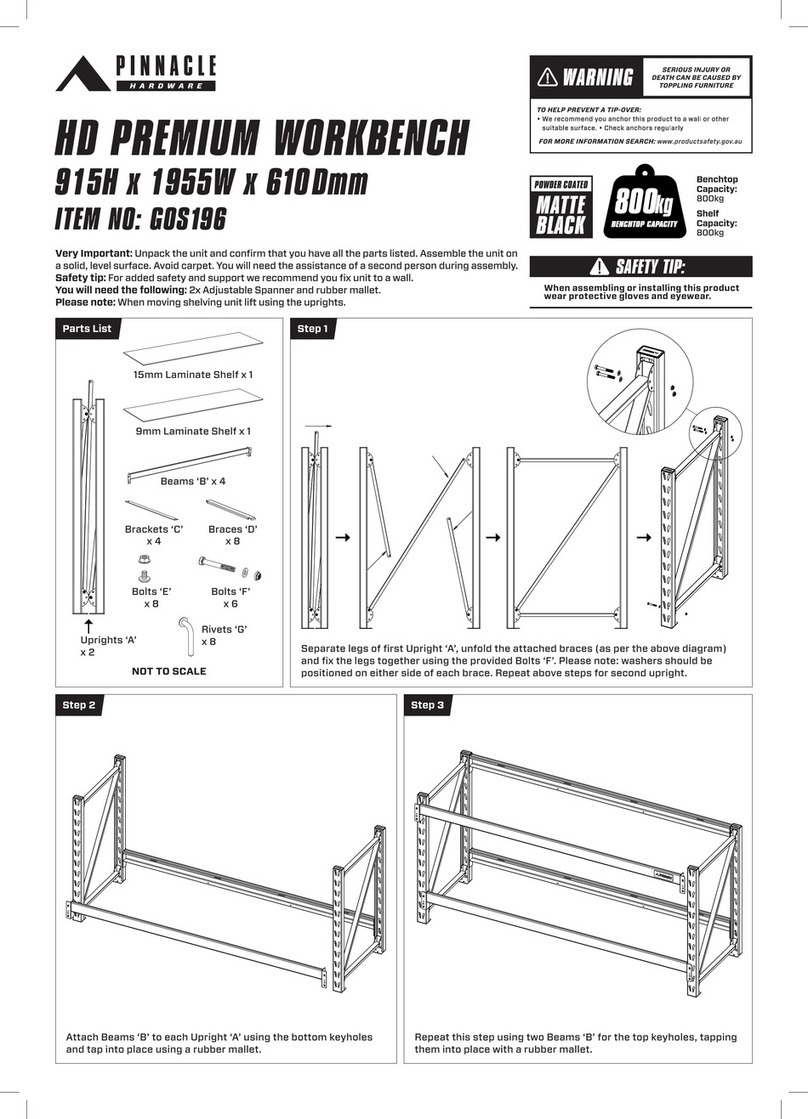------------------------------------------------------------------------------------------------------
This manual may not be copied or reproduced in any way without the express written
consent of MLCS Woodworking.
Copyright 2009. MLCS Woodworking. Page 5
Shut Off Your Tool Before Leaving. A running tool should NEVER be left
unattended. Wait for the machine to come to a COMPLETE stop before leaving.
Stay Alert! Machinery should not be used without full mental alertness. For
example, never use machinery while tired or under the influence of drugs or
alcohol.
If you have a problem, stop using the tool immediately and contact service for
further instructions.
SAFETY INSTRUCTIONS FOR ROUTER TABLE USE
Keep your hands safe. Do not place hands in front of or over the cutter. As your
hand moves toward the cutter, you should arc it away toward the out feed side and
then place it back behind the cutter.
Use Long Enough Stock to Keep Hands from Blades. Special jigs or fixtures,
such as a Safety Small Parts Holder, should always be used when routing stock
less than 12 inches. If you can, rout stock before cutting and then cut to size.
Keep the cutters below the workpiece whenever practical for added safety.
Check Rotation First. Whenever you adjust your set-up, remove the machine
from the power supply and rotate the collet by hand to ensure that the cutters can
spin freely before starting the machine.
If not using the full depth of the cutter be sure to keep any excess cutting height
below the table surface.
Watch your depth of cut. Removing too much material is dangerous and makes
a rougher cut. Using multiple light passes enhances safety and improves the
quality of the finished cut.
Stop when You Encounter Difficulty. Any time you have a problem; you
should stop work immediately and contact service or check with a qualified expert
for additional instruction.
Choose the Right Safety Tools. Often, push sticks are helpful safety devices.
However, they can also be dangerous. If a push stick touches a cutter on the end
grain, it can be forcefully ejected from your hand, causing possible serious injury.
Fixtures, jigs, and hold-downs are often better options. Always use a guard or
protective device of some sort.
